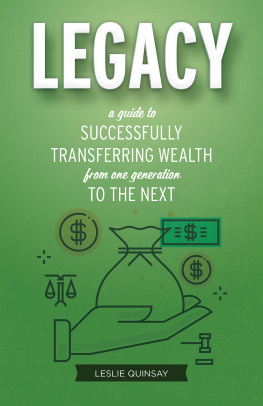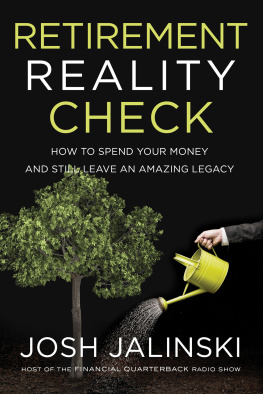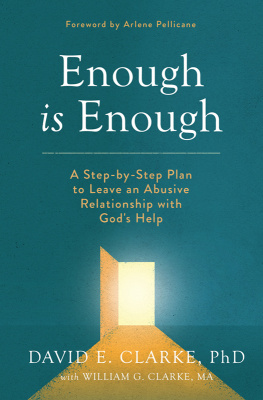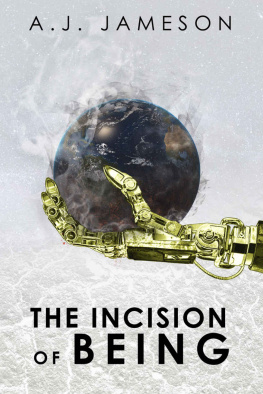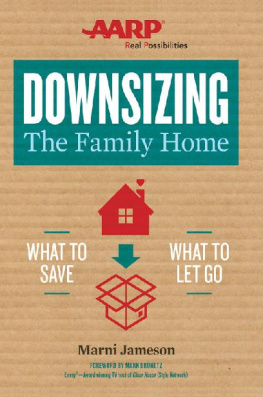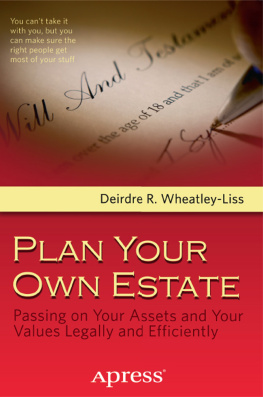Contents
Guide
Page List
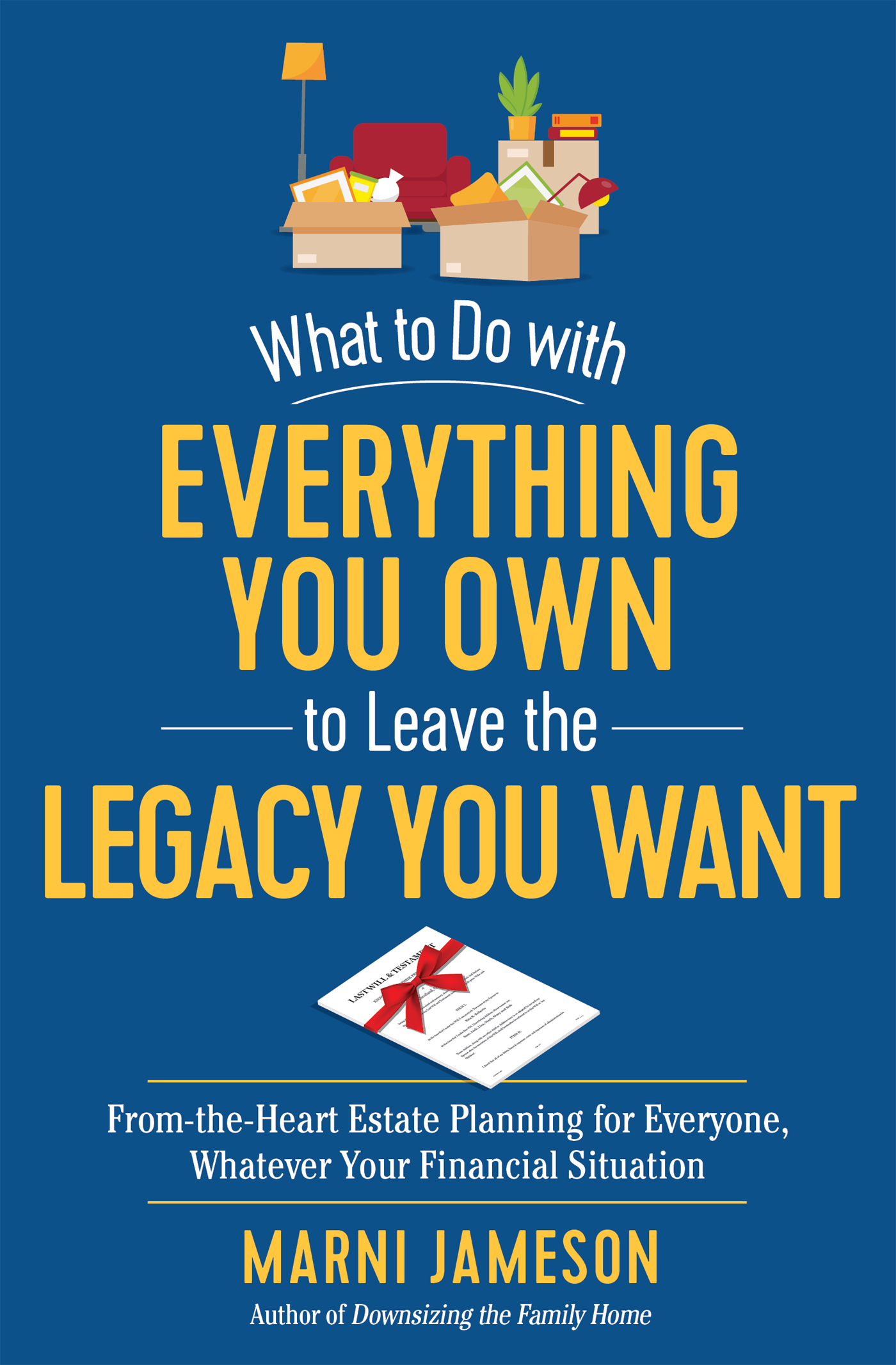

For Doug, always
If youre going to live, leave a legacy. Make a
mark on the world that cant be erased.
Maya Angelou , American poet
CONTENTS
What to Do with
Everything You Own
to Leave the
Legacy You Want
INTRODUCTION
Dying Is for Other People
What you leave behind is not what is engraved in stone monuments, but what is woven into the lives of others.
Pericles , philosopher, 495429 Bce
When I was a girl, I used to think only one in ten people really died. As I got older, I thought it was maybe four out of ten, but no one in my family would. Later, I realized the number was closer to seven out of ten, but certainly not me. When my parents died, death became, if not 100 percent certain, a very real possibility.
So, although I, and lets assume you, prefer to imagine were immune to death, lets just pretend for a moment that we are among those who will die, just hypothetically, of course. Lets imagine, just for discussions sake, that we walk out the door tomorrow and get struck by a meteor. And lets imagine we have not planned for it, because why would we plan for the unimaginable, for an event that isnt going to happen?
And lets also, for the sake of discussion, assume we have people dear to us, maybe a partner or children, perhaps grandchildren, or we hope to have them. We also have passions and interests, maybe relating to theater or sports or animal rescue, and we have institutions that have meant something to us, that have changed our lives, like a school or a church, or maybe we feel attached and indebted to our hometown. If we were to be among those who die, which were not, we know we would like to leave something so that these loved ones, or these causes, or these places, will remember us.
But because we dont see the need, since meteor strikes and other means of dying are for other people, we have not prepared. We have no listing of our assets. No one knows we have a safe-deposit box, let alone where the key is. We have no will. We have not designated anyone to make a decision if we are on life support and cant speak for ourselves. We have no burial plans. And then, the unthinkable happens.
Because it will. Ready or not.
As I began to write this book, after thinking about it for almost a year, the world was in the throes of a pandemic. The novel coronavirus was grimly gripping the globe. Every day, headlines heralded the latest death toll with ominous forecasts of how many more we could expect to succumb, at home and abroad.
And, like almost everyone in North America, I was sheltering in place, wringing my hands like a wet mop. We were told to avoid humanity as if contact were lethal. A simple trip to the grocery store could prove fatal. It was a life-altering, world-changing time unlike any I had witnessed, and a truly ideal time to think about what to do with, well, everything we own, to put our angst to good use to think about the unthinkable, our untimely death, as if there were any other kind.
I figured that as long as we all had death and dying on our minds, as long as the pandemic hung over our communities like the sword of Damocles, as long as the Grim Reaper lurked around the corner keeping us shuttered in our homes, I might as well do something productive about it.
Of course, Plan A was: Dont die. For sure that was my plan, and probably yours. But just in case, Plan B was: If were going to die, lets be organized about it. Dont leave a mess. If we really are going to be dead for longer than were going to be alive, how we cross the finish line and how were remembered matter. And that, you can control.
So with the pandemic as a backdrop I began thinking, and talking to others, and writing this book, which I open with the straightforward story of my parents, who died as they had lived, in an exemplary fashion, papers in order. Then I segue to my life afterward, which was not so orderly: My twenty-four-year marriage ended in divorce. I remarried a widowed lawyer. We created a blended family that included my two grown daughters and his three adult children, including a stepson, a child from his late wifes first marriage. So we had a double-blended family. Then those children went out and found partners, and they had more children. Soon I needed a spreadsheet.
While I figured the biggest challenge was going to be keeping all the birthdays straight, my new husband saw a different set of clouds on the horizon. At his urging, I reluctantly went with him headlong into the strange labyrinths of the legal world of estate planning, with its marital agreements, wills, trusts, and powers of attorney. His singular and notable goal was, and still is, to make sure everyone in the new union is legally protected and fairly treated when our respective times come.
That doesnt just happen.
The result is a book thatwhether youre single, married, widowed, divorced, remarried, or somewhere in between; whether youre eighteen or eighty-five; whether you have no children, five children, or someone elses children; whether your family is blended, extended, or upended; whether you have little or muchwill light the way with illuminating examples of what to do and not do. It will simplify the complex and offer concrete steps so you can leave this world and those you love with a blessing, not a burden.
Moreover, by helping you better understand not just how to think about your legacy, but also your various options, you will avoid a steep learning curve when you do work on your plan with a legal or financial adviser who charges by the hour. Because your meetings will be more efficient, you will save time and therefore money.
Most important, it will help you figure out what matters, and what to do now to leave the legacy you want later. Because its not just what you leave, but how you leave it, that matters.
The Golden Age of Giving
This book is also timely because we are in what those in fundraising call the Golden Age of Giving. During the decade between 2017 and 2027, the greatest transfer of wealth in history will occur. Just in the United States, nearly $9 trillion will pass from one generation to the next, according to the Chronicle of Philanthropys 2018 report.
Here are some more record-breaking statistics:
As of 2019, American households held about $107 trillion in wealth, up from 2008, during the Great Recession, when household wealth fell to $64.2 trillion (adjusted for inflation).
More than half of todays wealth, 57 percent, is in the hands of Baby Boomers, those born between 1946 and 1964. This generation amassed significant financial wealth and control roughly 70 percent of all disposable income, according to a 2015 report by U.S. News & World Report.
Over the next few decades, Baby Boomers will transfer $30 trillion in wealth to younger generations, leading financial experts to refer to the long-term event as the great wealth transfer. Never before in the history of America, according to Forbes magazine, has such a vast amount of wealth moved through the hands of generations.
Beyond the act of creating a will, or possibly a trust, one of the other themes of this book is to encourage you to consider leaving something, even just 5 percent of your estate, to charity. If just 5 percent of that nearly $9 trillion changing hands this decade went to philanthropy, society would benefit from $441 billion going to charitable causes. Thats equal to more than eight Bill and Melinda Gates Foundations.


